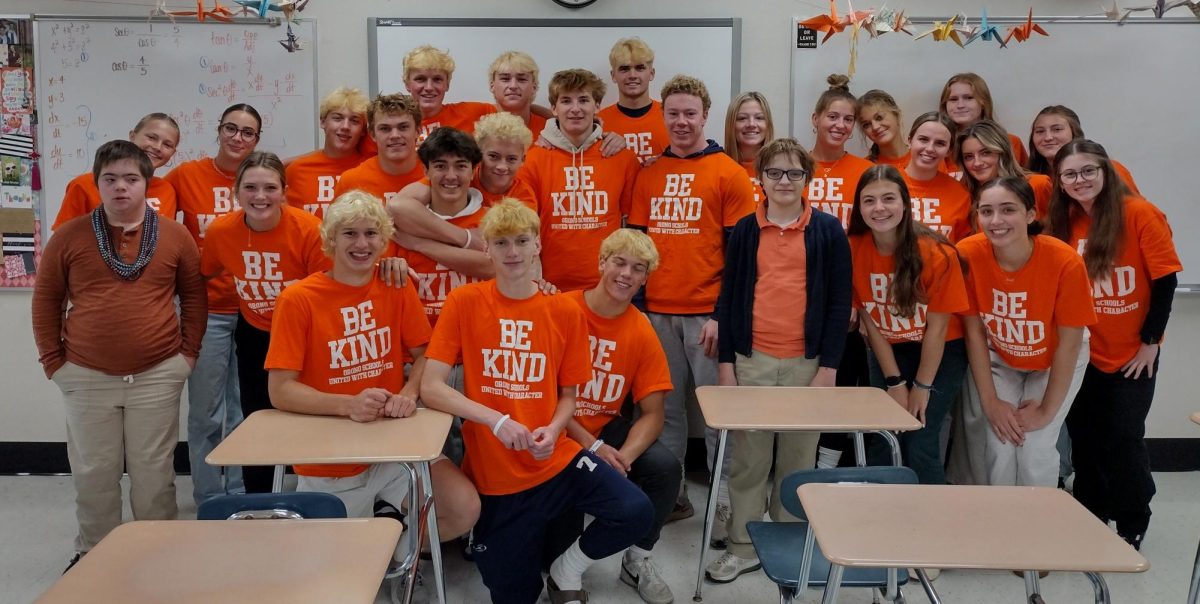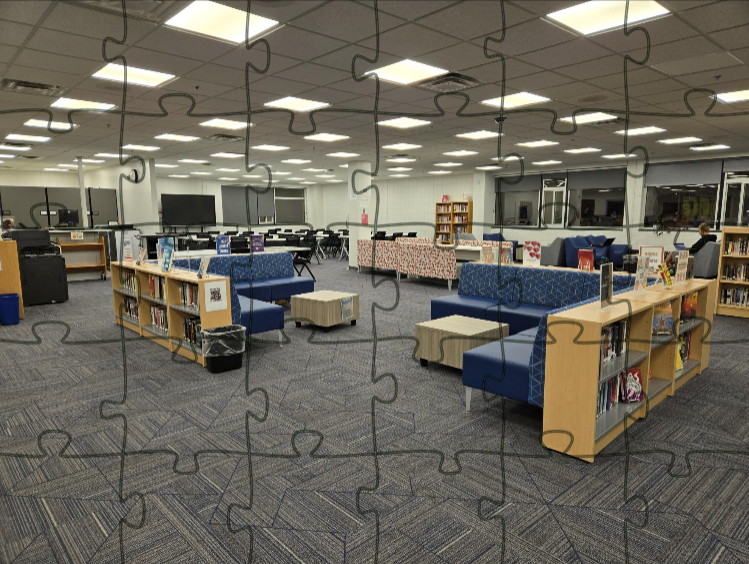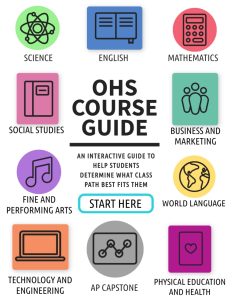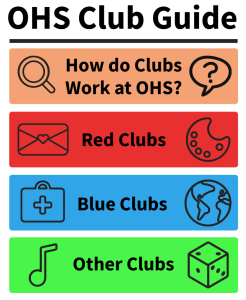Schools preventing creativity
March 17, 2015
Despite the US’s growing emphasis on standardized testing, required course studies and accountability in the educational system, US students still seem to be gradually falling behind other countries such as China, Singapore, South Korea and Japan. Because of this, it’s becoming increasingly clear that there is something wrong with our educational system: it’s killing creativity.
According to Yong Zhao in her article “Are We Fixing the Wrong Things?” the No Child Left Behind act of 2001 that pushes for new educational reforms requiring US schools to “focus on raising standardized test scores” may actually be causing adverse effects. As the US puts heavier emphasis on standardized test scores and grades, China, Singapore, South Korea and Japan have initiated very different reforms. Reforms that “aim at fostering creativity and innovative thinking among citizens.”
What we have failed to notice is that while we were trying so desperately to increase our standardized test scores by reforming our educational system, we have created a system that encourages conformity and even kills creativity in students while our competitors have actually turned from traditional methods of teaching in order to foster creativity.
“The current or proposed U. S. education reform initiatives — centralized curriculum, standardized testing, accountability, required course of study — could kill creativity, the United States’ real competitive edge,” said Zhao.
No amount of learning or increased test scores will do anything if we lack creativity. Without creativity, nothing new or original can be created. This is why the US is beginning to fall behind. However, it is clear that there are also many positive things coming out of our current educational system. Because of this, it is important that we find a way to fix the system without destroying it.
According to the article “Do Schools Kill Creativity?” by Costas Markides, “Yes, schools teach us to conform. And yes, this harms our creativity. But conformity has its benefits as well – for example it makes us better, efficient and law-abiding citizens. Rather than risk losing all this in an attempt to reclaim our creativity potential, how about if we keep the educational system as is and search for alternative ways to improve our creativity?”
I believe that the main problem with the current educational system is the means by which students are motivated to do their work. Unlike in the past, students in today’s world are almost exclusively extrinsically motivated. By this I mean that very few students are interested in doing their work to further educate themselves, but instead do it simply just to “pass.”
According to “The Social Psychology of Creativity,” by Beth A. Hennessey, “Motivation plays a crucial role in the creative process. It is not enough to have unusually high levels of skill or a deep conceptual understanding. In order for students to reach their creative potential, they must approach a task with intrinsic motivation; they must engage in that task for the sheer pleasure and enjoyment of the activity itself rather than for some external goal.”
Today’s educational system has essentially taught students to do work simply to pass and receive good grades rather than work in order to further their own knowledge of different subjects.
“Over 25 years of empirical investigation have led us to the Intrinsic Motivation Principle of Creativity: intrinsic motivation is conducive to creativity and extrinsic motivation is almost always detrimental,” said Hennessey.
Because of this, I believe that in order for the US educational system to once again begin to cultivate creativity in students, there needs to be a drastic change in the emphasis placed on simply “receiving the grade” and “getting points.” Only once students again begin taking classes out of pure, unadulterated curiosity instead of taking them because they feel they have to will the US be able to keep pace with competing countries.





























































